Reportar esta entrada
Más sobre la misma comunidad-colección
Lucha Libre: Stories from the Ring, El Paso Edition
The exhibition tells the history of Lucha Libre, its connections ...
Lucha Libre: Stories from the Ring, El Paso Edition
The exhibition tells the history of Lucha Libre, its connections ...
Lucha Libre: Stories from the Ring, El Paso Edition
The exhibition tells the history of Lucha Libre, its connections ...
Lucha Libre: Stories from the Ring, El Paso Edition
The exhibition tells the history of Lucha Libre, its connections ...
Lucha Libre: Stories from the Ring, El Paso Edition
The exhibition tells the history of Lucha Libre, its connections ...
Lucha Libre: Stories from the Ring, El Paso Edition
The exhibition tells the history of Lucha Libre, its connections ...
Lucha Libre: Stories from the Ring, El Paso Edition
The exhibition tells the history of Lucha Libre, its connections ...
Distrito Histórico de San Elizario
Welcome to San Elizario sign in the Historic District on Main ...
'76 Friday Happy Hour with Jarvy Olmos & John Downey
'76 Friday Happy Hour with Jarvy Olmos & John Downey

















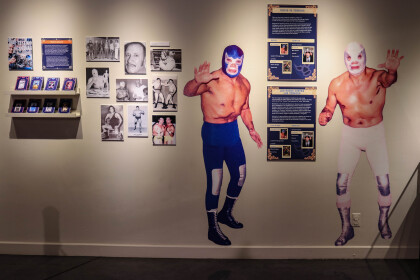
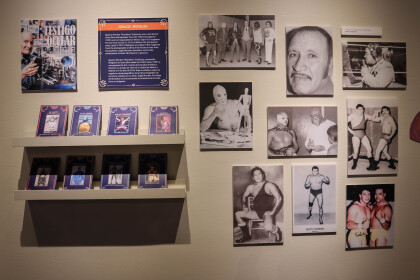


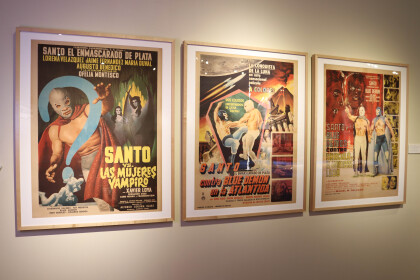


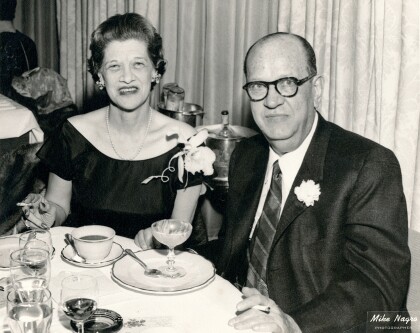
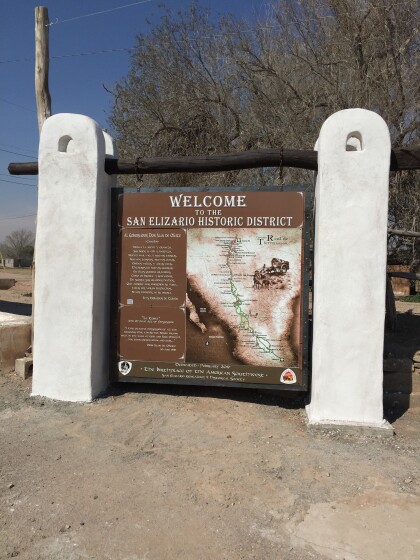
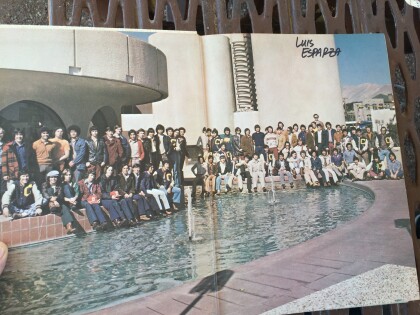
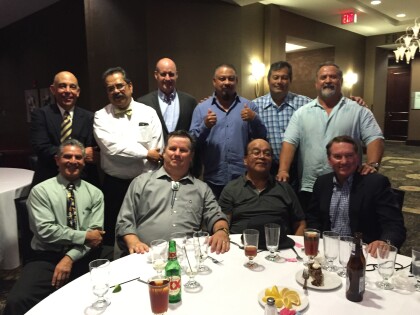
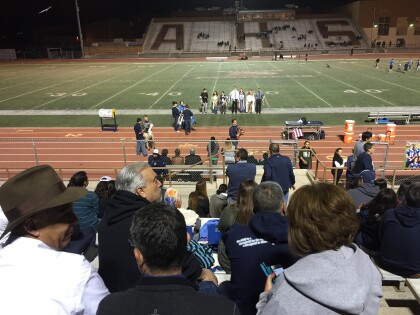
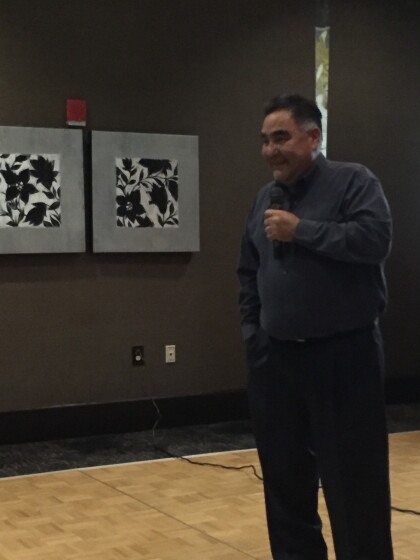
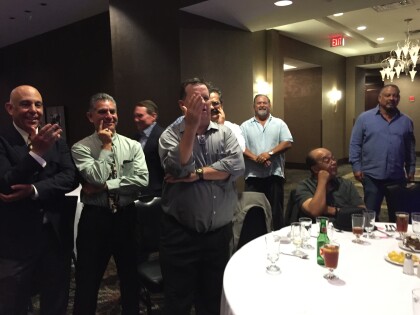
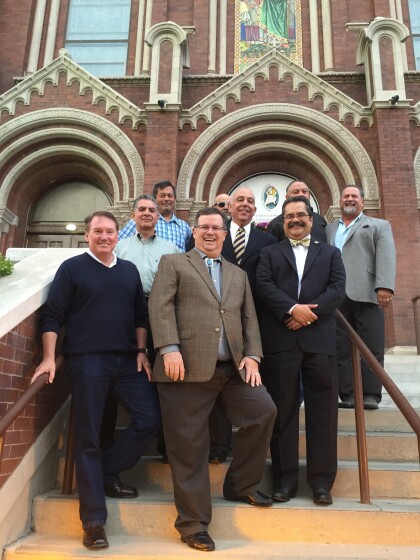
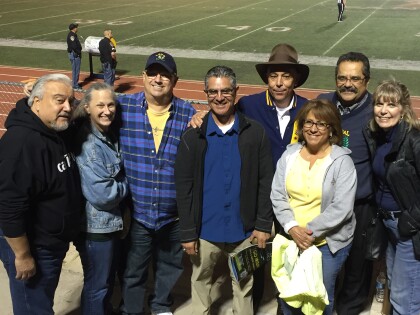
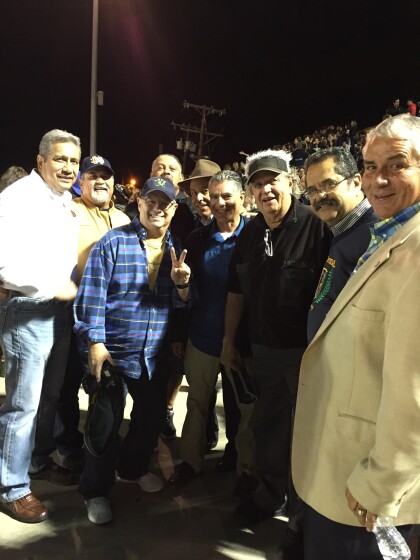
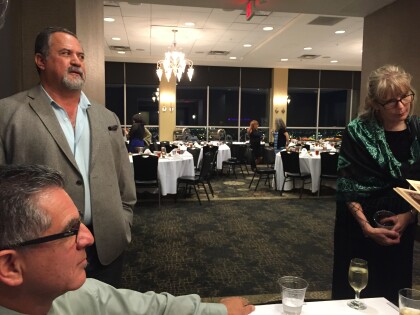
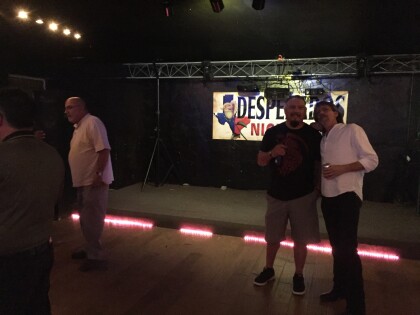

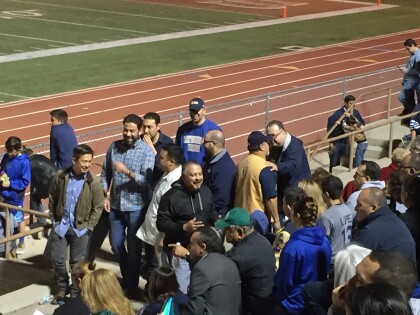
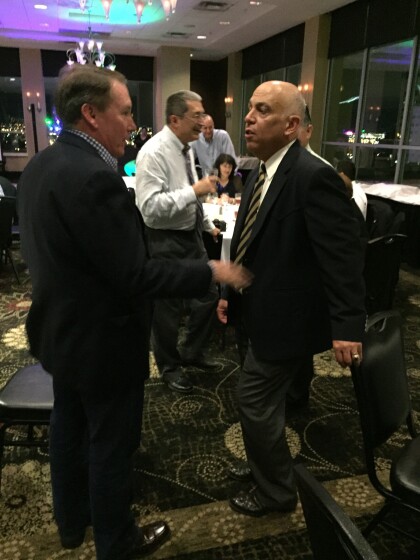
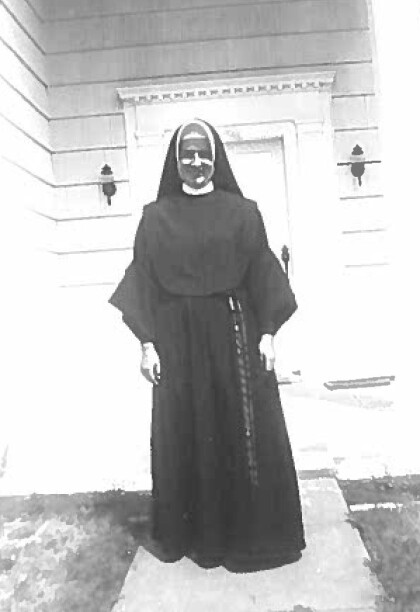
Comentarios
Hacer un comentario